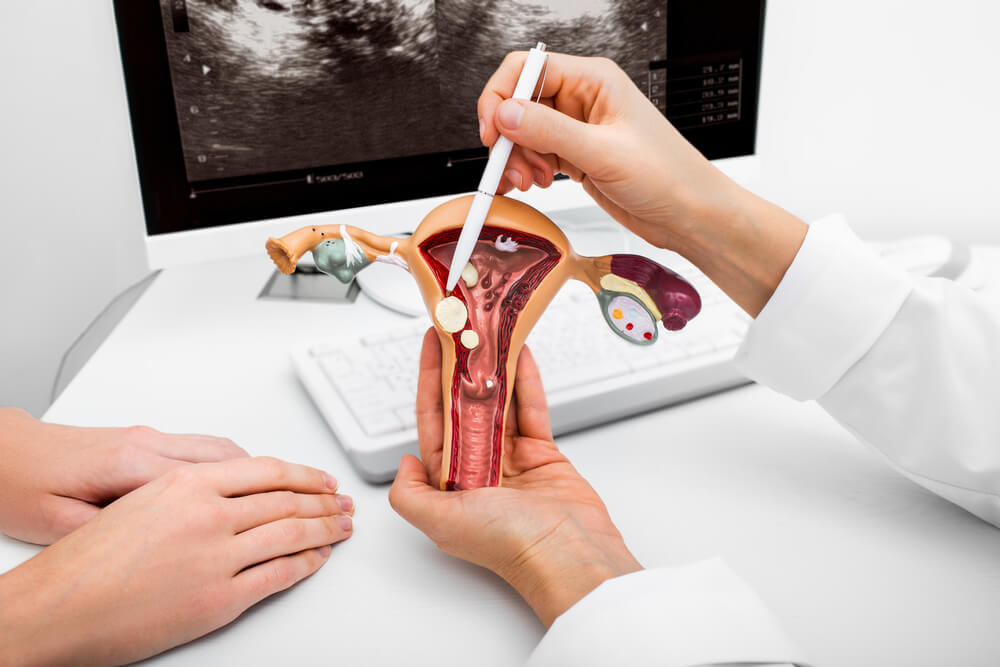If you’re curious about vaginal gas, its causes, and the possible vaginal flatulence treatments, you’re in the right place. You may have heard of the phrase “queefing” concerning the passing of vaginal gas. But what causes these air bubbles, and how can you get the air out of your uterus?
This article on important vaginal gas facts will educate you on this usually harmless condition almost every woman experiences sooner or later. Although vaginal gas is usually not associated with health risks, it may point to severe conditions that may require medical assistance in rare cases.
That’s why we always suggest consulting a healthcare professional if you feel troubled. If you’re in the area or seeking the best doctors, check out Women’s Health Center in Hialeah.
That said, here is everything you must know about vaginal gas and vaginal flatulence treatments. Read on.
What is Vaginal Gas?
Before learning how to get the air out of your uterus and tackle this unpleasant condition, let’s define the term vaginal gas. In essence, when air is trapped in the vagina, you get vaginal gas. Air bubbles or larger pockets may become stuck in the vagina, and they squeak out slowly, causing a noticeable sound. This sound is produced by the air bubbles that vibrate via the vaginal canal. Flatulence and vaginal gas may sound alike.
Although trapped gas in the pelvic area is normal, it can cause discomfort and embarrassment to many women, especially during sexual intercourse. Remember, there is nothing to be ashamed of. Instead, by understanding why trapped gas in the pelvic area happens and realizing that it is usually a normal condition, you’ll feel more comfortable in your body.
What Causes Vaginal Gas?

Several causes can result in trapped gas in the pelvic area. Here are some of the most common causes of trapped vaginal gas:
- Exercises such as stretching and yoga
- Sexual intercourse
- Tense muscles
- Feminine hygiene products
- Gynecological procedures and exams
Although any exercise can cause trapped gas in the pelvic area, yoga and stretching are on the top. During some yoga positions such as shoulder stands, headstands, and downward-facing dog, air bubbles may form in the vagina. Overall, any exercise that requires strength in the pelvic floor and the abdominal region can cause air bubbles.
With that in mind, sexual intercourse can also introduce air bubbles into the vagina. Due to the movement of the penis or the vibrator, introduced air can quickly get trapped. Naturally, when the penis or object is removed, the gas exits the vagina. You can also experience queefing following oral sex.
Remember, although trapped gas in the pelvic area can be annoying and embarrassing (especially during sex), it’s usually harmless and normal.
Some feminine hygiene products such as menstrual cups and tampons may also form air bubbles in the vagina, resulting in trapped gas. When removing the product, you may hear an unpleasant sound similar to flatulence.
Moreover, when you have tense muscles (usually during gynecological exams and sexual activity), bubbles or pockets of air in the vagina may become trapped. Coughing can also cause your pelvic muscles to tense.
Also, during a gynecological exam, the doctor may insert a speculum into your vagina, causing trapped air. When the doctor removes the device, the air might be released, causing a sound.
Can Vaginal Gas Be Serious?
Although, in most cases, trapped gas in the pelvic area is normal and expected, sometimes it can point to more serious conditions. Sometimes vaginal gas can signify a medical issue or a condition that requires expert help. Two of the main conditions related to “queefing” include vaginal fistulas and pelvic floor dysfunction.
Unfortunately, the research on vaginal gas is limited, possibly due to its typically harmless nature. Nevertheless, certain pelvic floor conditions are linked to an increased risk of “queefing.” Common conditions related to trapped gas in the vagina include:
- Pelvic organ prolapse
- Fecal incontinence
- Urinary incontinence
- Weak pelvic floor muscles (due to being overweight, post-childbirth, age, and bowel strain)
When you have strong pelvic floor muscles, your chances of queefs, incontinence, and uncontrollable flatulence are minimal. However, some women may have weaker pelvic floor muscles, especially older generations and new mothers. Sadly, all of this can lead to pelvic floor dysfunction, the condition in which the pelvic floor doesn’t properly tighten and relax the muscles.
The good news is that you can strengthen the pelvic floor muscles with pelvic floor physical therapy or performing Kegels.
In some cases, women may develop vaginal fistulas due to infection, surgery, or injury. A vaginal fistula refers to an unusual opening in the connection between organs such as the bladder, colon, rectum and vagina. If you’re dealing with a vaginal fistula, you’ll want to reach out for medical assistance.
Possible vaginal fistula types include:
- Ureterovaginal fistula
- Vesicovaginal fistula
- Enterovaginal fistula
- Urethrovaginal fistula
- Rectovaginal fistula
- Colovaginal fistula
Out of these, one of the most common fistula types is the vesicovaginal fistula. Namely, approximately three million females (or more) in developing nations deal with unrepaired vesicovaginal fistulas.
Usually, this condition is linked with gynecological surgical injury or obstructed labor. One of the most apparent symptoms of vesicovaginal fistulas is continuous urine leakage and watery discharge.
Sometimes, larger fistulas may be uncomfortable and painful.
How Can I Prevent Vaginal Gas?
Are you wondering how to get the air out of your uterus? We’re here to help. Although there are no specific vaginal flatulence treatments that can “cure” vaginal gas, you have some practical options.
One of the best “at-home” vaginal flatulence treatments is changing your habits. For example, if you find vaginal gas problematic, you can avoid specific physical exercises such as yoga and restrain from sexual activities. Moreover, you may try using different female hygiene products such as pads. While menstrual cups and tampons may trap air bubbles, pads are external, so there is no reason to worry.
In most cases, vaginal flatulence treatments aren’t required as vaginal gas resolves on its own.
When Should I Consult a Doctor?

In rare scenarios, gas in the vagina can signify a severe health condition that requires medical help. For example, if you have a fistula between an abdominopelvic organ and the vagina, it’s best to consult a professional for further assistance and treatment. Moreover, call your doctor if you experience some of the following symptoms:
- A foul-smelling vaginal odor
- Blood
- Feces (or other waste)
- Discomfort and pain
- Increased discharge and urine leakage
- Swelling or inflammation of the vaginal tissues
On top of that, if you have given childbirth and you experience trapped gas in your vagina, you may want to talk to your doctor. Patients who underwent radiation therapy involving the pelvis should reach out too.
In summary, always talk to a professional if you notice unusual symptoms that reoccur daily. If these symptoms bother you and hinder your life quality, visit a clinic for help.
Book a Schedule with Us Today
You want to turn your health around, and now you’re looking for the best professionals in the industry. Fortunately for you, we’ve got you covered. Prioritize your health and book an appointment with some of the best experts in healthcare.







